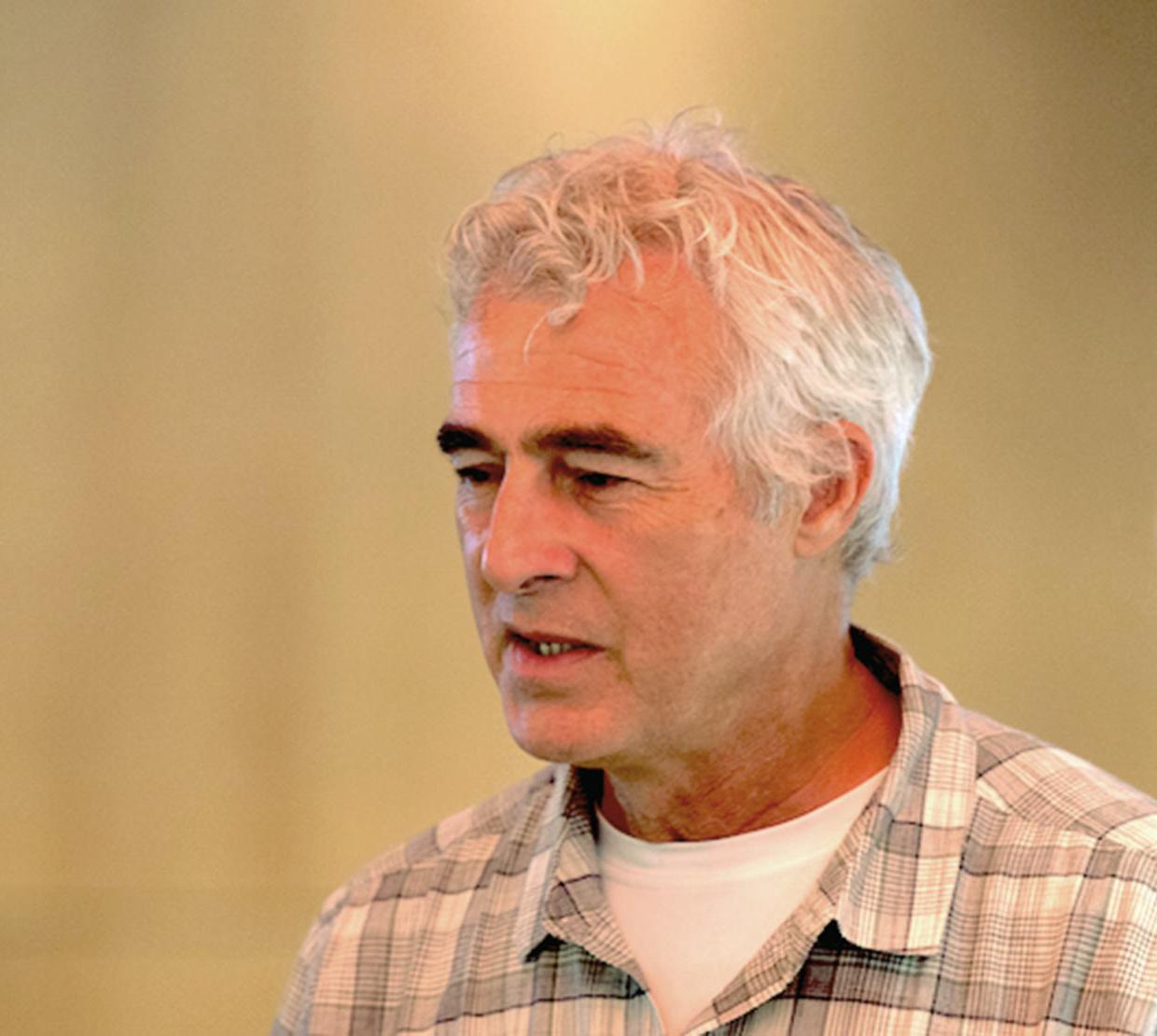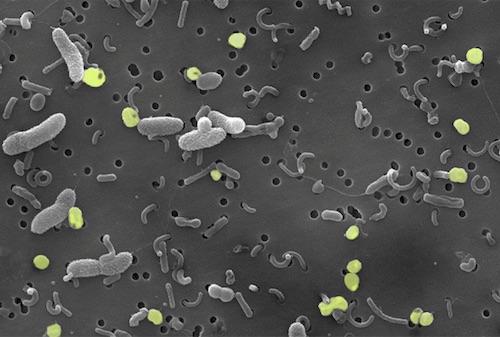A look at genomes from SAR202 bacterioplankton found oxidative enzymes and other important families of enzymes that indicate SAR202 may facilitate the last stages of breakdown before the dissolved oxygen matter, or DOM, reaches a “refractory” state that fends off further decomposition.
The ocean sequesters nearly as much carbon as exists in the atmosphere as carbon dioxide (CO2) and the new research into deep-water bacteria’s genomes sheds key new light on how the carbon storehouse operates.
Giovannoni said that near the ocean surface, the DOM carbon goes unconsumed because the cost of harvesting the resources is too high. Currents transport the “recalcitrant” forms of DOM that remain to the deep ocean, where they are slowly broken down to compounds that can persist for thousands of years.
Zach Landry, an OSU graduate student and first author of the study, named SAR202 “Monstromaria” from the Latin term for “sea monster.”
“They’re very abundant in the dark ocean where no photosynthesis is happening and planktonic cells are living off whatever rains down from surface,” Giovannoni said. “The big carbon cycle unknown is why so much carbon accumulates as organic matter in the ocean. In principle, micro-organisms could use it as chow to make energy and build biomass – and return CO2 to the atmosphere, which would be a disaster."
Read the complete article here.





